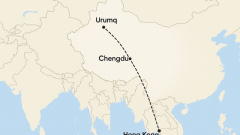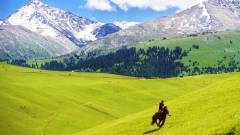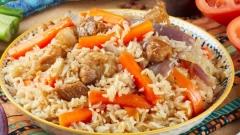Xinjiang, located in China’s far northwest, is a land of diverse landscapes and ethnic cultures. Known as a historic hub on the Silk Road, it has absorbed culinary influences from Central Asia, the Middle East, and the heartland of China. Xinjiang’s food culture, from hand-pulled noodles to fragrant kebabs, reflects centuries of cultural exchange and hospitality.
1. The Historical Roots of Xinjiang Cuisine
Xinjiang’s food heritage cannot be separated from its geography and history. For centuries, the region served as a crucial artery of the ancient Silk Road. Merchants, pilgrims, and travelers carried not only goods but also recipes and spices. This constant exchange gave rise to a cuisine that blends Chinese cooking techniques with Central Asian flavors.
The region’s nomadic traditions also played a major role. Livestock such as sheep, cattle, and horses were the foundation of sustenance for many groups. Dishes based on lamb, beef, and dairy products remain essential today. Meanwhile, sedentary farming communities contributed wheat, rice, and a wide array of vegetables and fruits. Grapes, melons, and pomegranates, introduced from the West, became regional staples.
Xinjiang’s multi-ethnic makeup—including Uyghurs, Kazakhs, Hui, Tajiks, and Han—created a unique mosaic of food traditions. Each ethnic group added its own flavors while sharing a collective identity shaped by the land and history.
2. The Staple Ingredients of Xinjiang Cuisine
Xinjiang cuisine is defined by several core ingredients that reflect its environment and trade connections:
-
Lamb and Beef: Lamb is the undisputed king of Xinjiang dining tables, appearing in kebabs, stews, dumplings, and soups.
-
Wheat: Noodles, breads, and dumplings are the foundation of everyday meals, influenced by Central Asian traditions.
-
Rice: Though less common than wheat, rice appears in pilafs such as polo (plov).
-
Spices: Cumin, chili, pepper, and onion give Xinjiang food its bold aroma.
-
Dairy: Yogurt, cheese, and milk tea are staples among nomadic groups.
-
Fruits: Sweet grapes, Hami melons, figs, and apricots thrive in Xinjiang’s fertile oases.
These ingredients not only reflect the land’s bounty but also highlight centuries of Silk Road trade.
3. Signature Dishes of Xinjiang
Kebabs (Yangrou Chuan)
Perhaps the most iconic Xinjiang food, lamb kebabs are marinated with salt, chili, and cumin, then grilled over open flames. Street vendors serve them sizzling hot, filling markets with irresistible aromas.
Hand-Pulled Noodles (Lagman)
Lagman, also called pulled noodles, is a hearty dish topped with stir-fried vegetables, tomatoes, peppers, and chunks of lamb. The hand-pulled noodles are chewy and thick, a true showcase of Uyghur culinary artistry.
Xinjiang Big Plate Chicken (Da Pan Ji)
This dish, created by combining Han and Uyghur influences, features chicken, potatoes, peppers, and onions stewed in a spicy sauce, served over wide belt noodles. It’s perfect for sharing in large gatherings.
Polo (Uyghur Pilaf)
Made with rice, carrots, onions, and lamb, polo is cooked slowly to absorb rich flavors. It is a festive dish often served at weddings, festivals, or family gatherings.
Nang (Xinjiang Flatbread)
Baked in tandoor-style ovens, nang comes in countless varieties. It can be sprinkled with sesame seeds or decorated with intricate patterns. It serves as a versatile side to stews, soups, and kebabs.
Dairy Products
Nomadic groups such as Kazakhs and Kyrgyz produce yogurt, ayran (a salty yogurt drink), and cheese. These dairy items reflect Central Asian traditions and provide vital nutrition in pastoral life.
4. The Role of Food in Daily Life and Festivals
In Xinjiang, food is not merely sustenance but a key element of social and cultural identity. Meals bring families together, and markets function as social hubs. Uyghur bazaars bustle with vendors selling steaming kebabs, fresh fruits, and handmade breads.
Festivals highlight the role of food in celebrations:
-
Eid al-Fitr: Families prepare generous meals featuring polo, lamb, and sweets.
-
Spring Festivals: Seasonal fruits and dairy products appear in abundance.
-
Weddings: Guests are treated to multiple courses of pilaf, kebabs, and desserts.
Hospitality is deeply embedded in Xinjiang culture. Guests are always welcomed with bread, tea, and often a lavish meal, reflecting values of generosity and respect.
5. Cultural Diversity Reflected in Cuisine
Xinjiang’s food culture mirrors its ethnic diversity.
-
Uyghurs specialize in lamb-based dishes, pilafs, and noodles.
-
Kazakhs emphasize dairy, meat stews, and nomadic staples.
-
Tajiks contribute dairy and highland specialties influenced by Persian cuisine.
-
Hui Muslims bring culinary links with inland China, introducing Chinese cooking styles blended with halal traditions.
This diversity makes Xinjiang cuisine one of the richest and most varied in China.
6. Xinjiang’s Tea and Beverage Traditions
Food in Xinjiang is often accompanied by unique beverages:
-
Milk Tea (Atkan Chai): A salty milk tea consumed by herders, offering warmth and sustenance.
-
Fruit Teas: Herbal teas made with dried apricots, rose petals, or raisins.
-
Wine: The Turpan Basin produces grapes and wines, a tradition dating back thousands of years.
Tea, in particular, plays a social role—served in homes, markets, and guest houses as a symbol of hospitality.
7. The Modern Evolution of Xinjiang Cuisine
Today, Xinjiang cuisine is spreading across China and the world. Restaurants in Beijing, Shanghai, and overseas cities serve kebabs, lagman, and pilaf to eager diners. Street food culture, with its smoky grills and lively markets, continues to attract tourists.
Modern chefs also experiment with fusion, combining Xinjiang spices with Western techniques. Meanwhile, the promotion of regional tourism has further elevated food as a cultural ambassador. Culinary tours in Kashgar, Turpan, and Urumqi are now popular, allowing visitors to taste authentic flavors while exploring historic sites.
8. Xinjiang Food Tourism: A Journey for the Senses
For travelers, exploring Xinjiang’s food is as essential as visiting its deserts, mountains, and oases. Culinary experiences include:
-
Bazaars in Kashgar: Sample kebabs, flatbreads, dried fruits, and nuts.
-
Turpan’s Grape Valley: Enjoy sweet raisins and wine.
-
Urumqi Night Markets: Discover lamb skewers, soups, and snacks.
-
Homestays in Pastoral Areas: Experience traditional nomadic dairy foods.
Food tourism bridges cultural understanding and offers visitors a window into the daily lives of Xinjiang’s diverse peoples.
Conclusion
Xinjiang’s food culture is more than a collection of dishes—it is a living history of trade, migration, and cultural exchange. From smoky lamb kebabs in Kashgar’s markets to fragrant polo at family banquets, every meal tells a story of resilience and hospitality. Whether you are savoring a flatbread in Urumqi or sipping milk tea in a Kazakh yurt, Xinjiang’s cuisine connects people through shared flavors and traditions.
With its unique blend of Central Asian and Chinese influences, Xinjiang remains one of the most exciting destinations for culinary exploration in the world. To understand Xinjiang is to taste it, bite by bite, in its markets, homes, and celebrations.



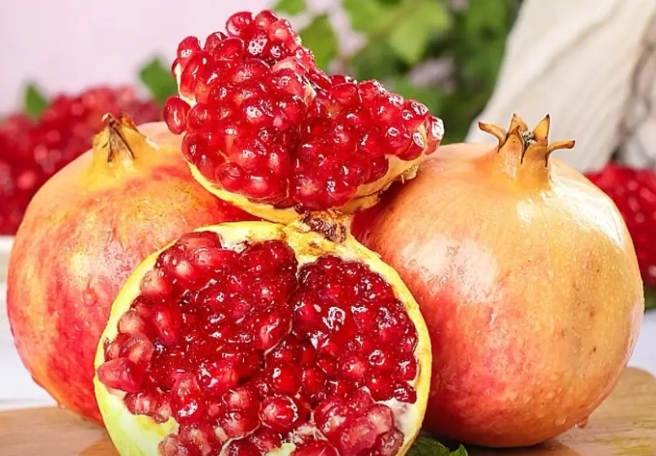
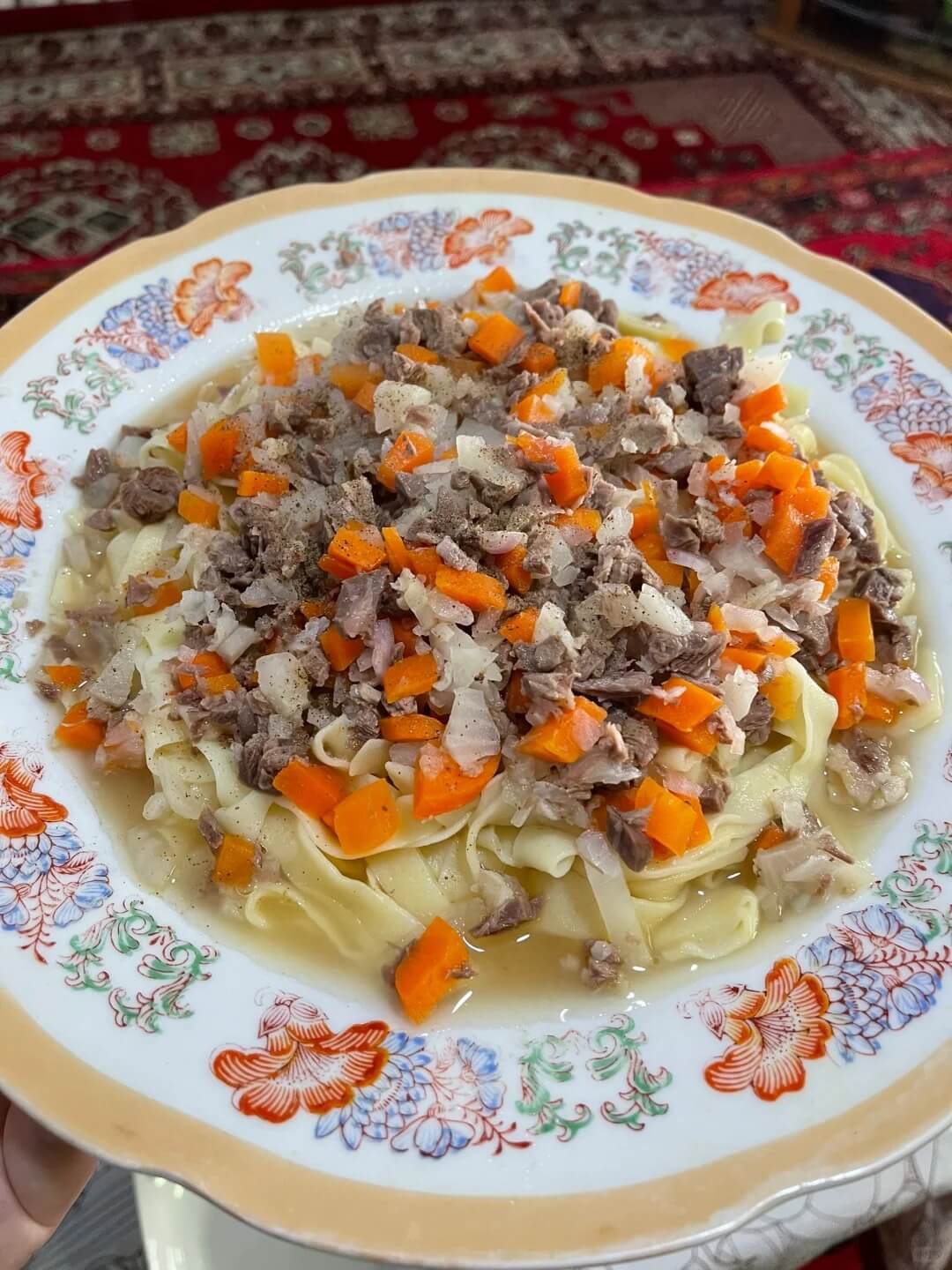
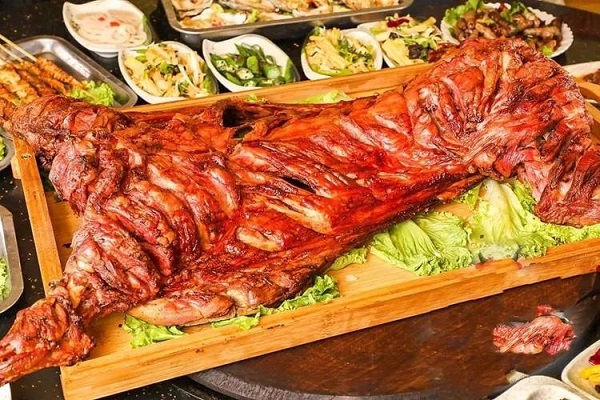
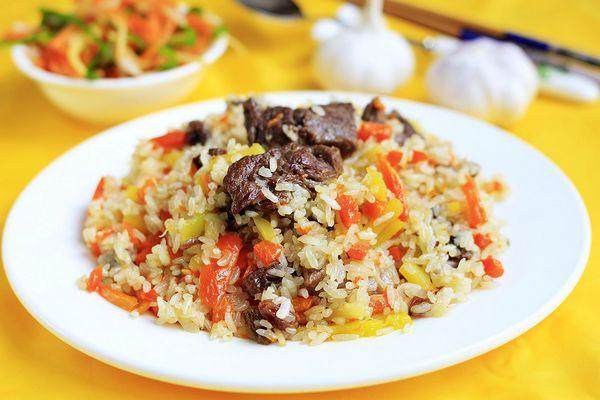
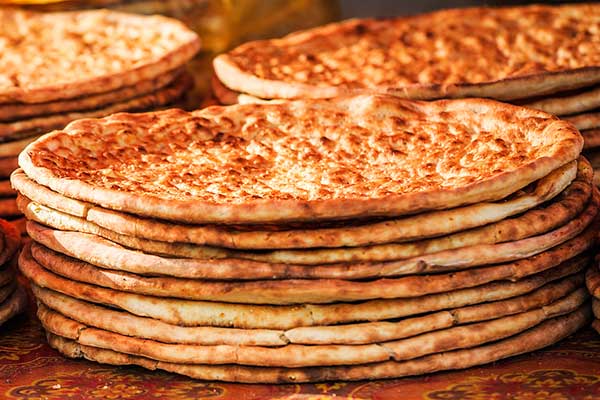
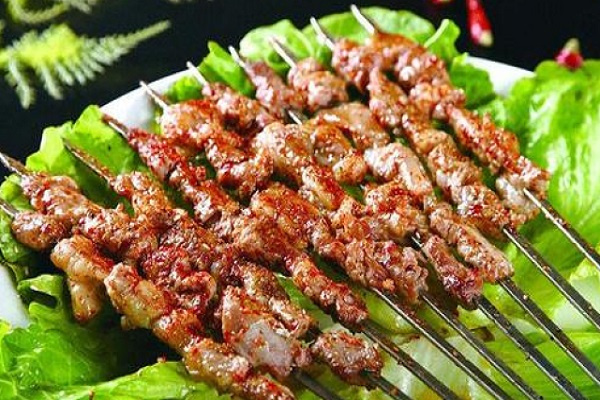
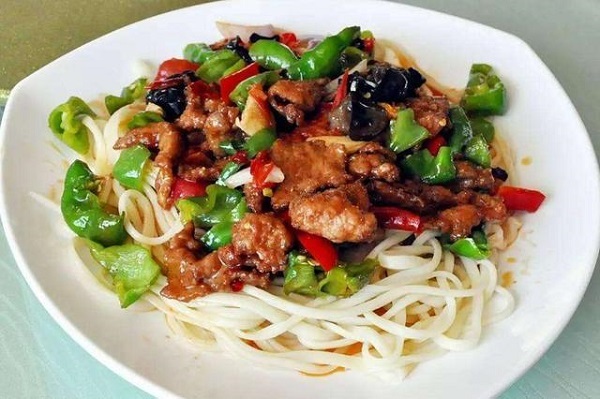


![11 Day Tour[Winter Limited] Drunken Beauty Xinjiang Ice and Snow Kanas Fairy Tale New Vision](https://www.chinadragontravel.com/wp-content/uploads/2025/12/25cff76cef9e445-240x135.jpg)



